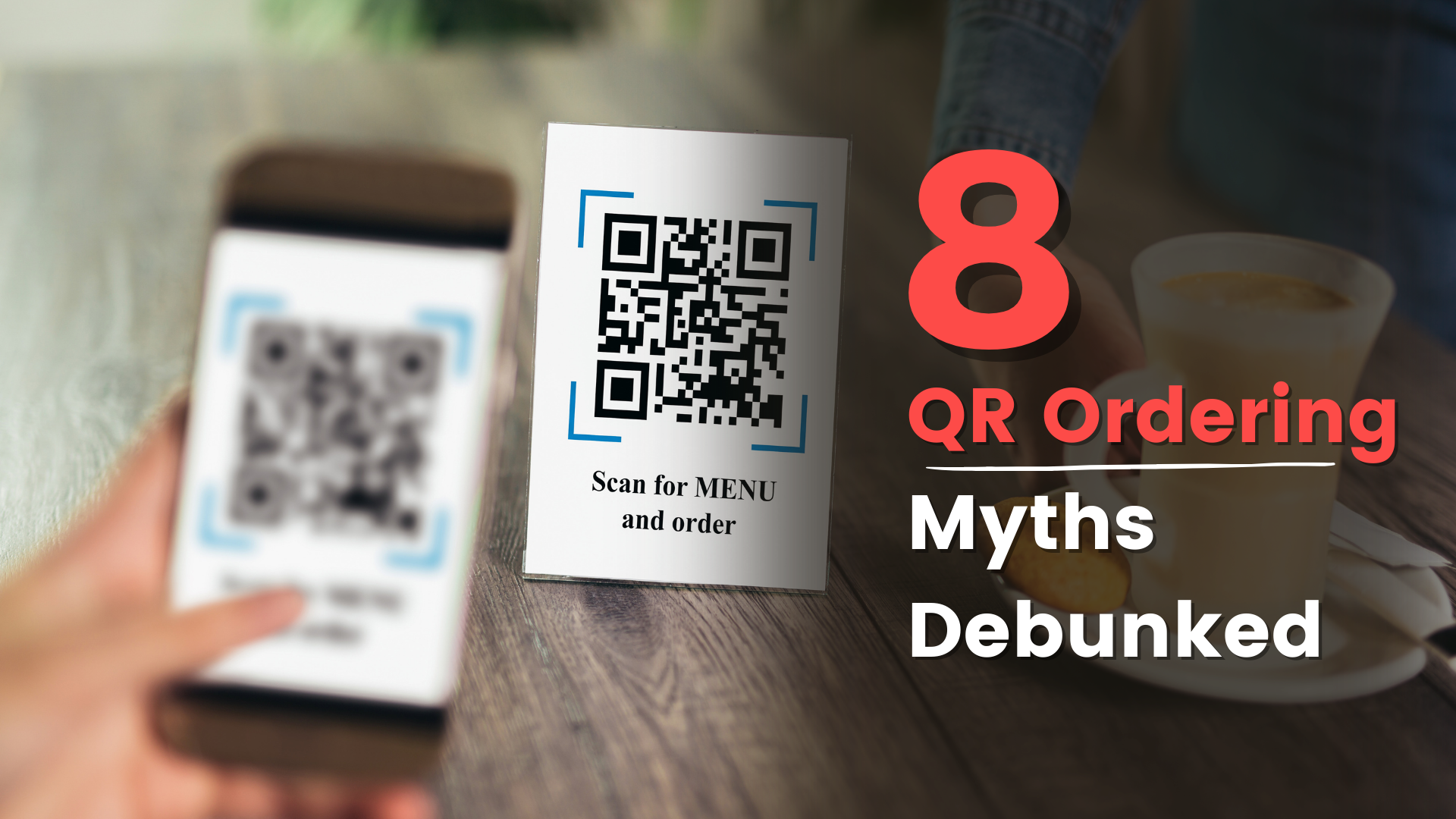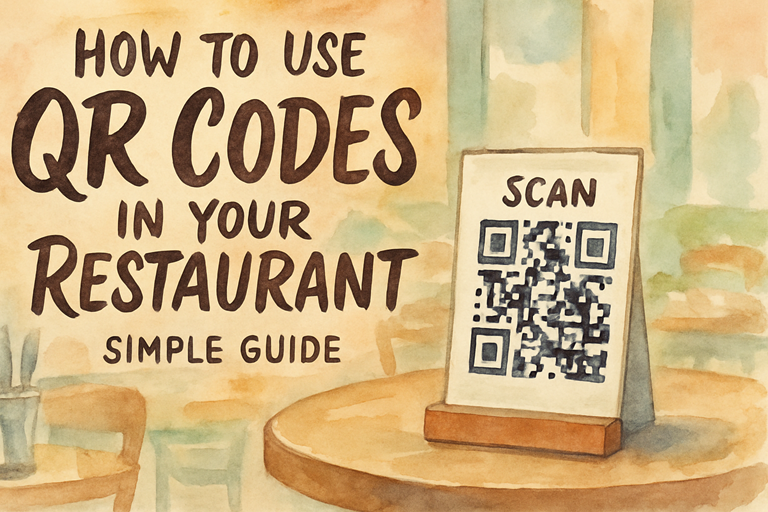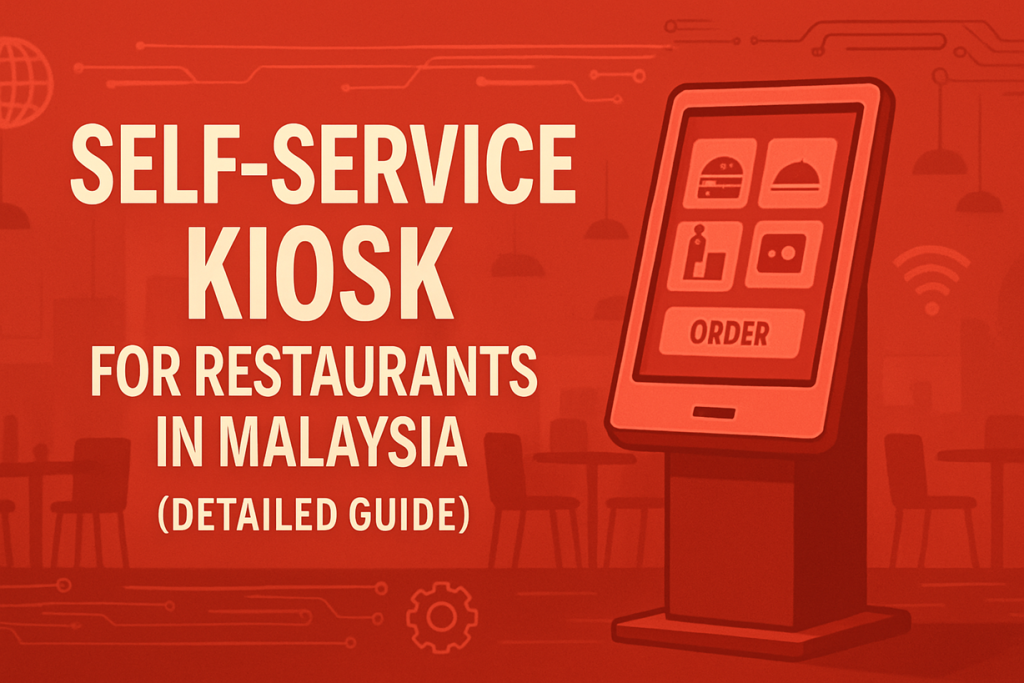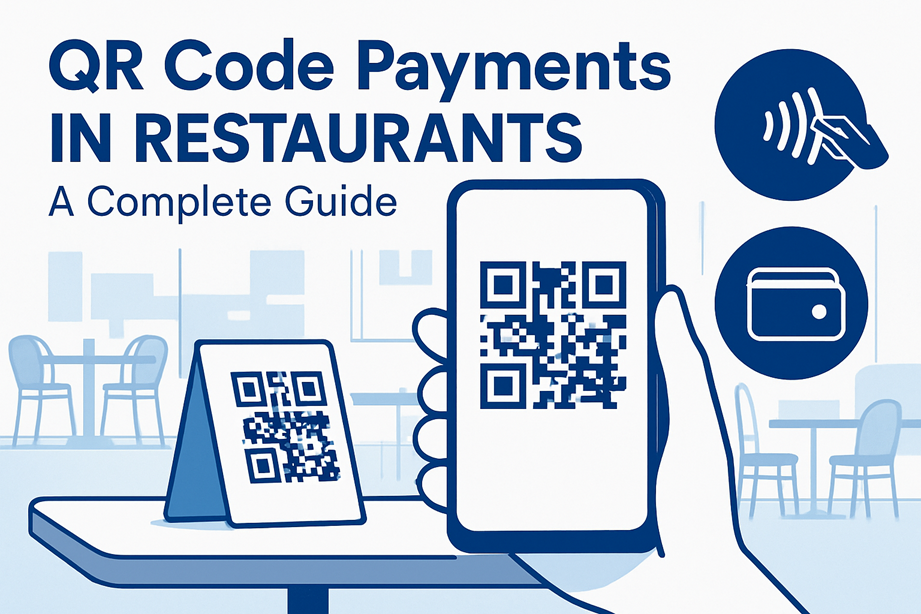When it comes to QR ordering, there are many misconceptions that can be dispelled with just a little bit of research. With the rise of technology, businesses now have access to a variety of tools and resources to help streamline the ordering process. QR ordering is one such tool that has been gaining traction in recent years, yet many businesses remain uncertain about the advantages and disadvantages of this technology. In this blog post, we will debunk eight of the most common myths associated with QR ordering so businesses can make an informed decision about whether or not it is right for them.
Myth #1: QR Ordering is Complicated
The idea of QR ordering can seem intimidating, but it’s actually very simple to use. This myth that QR ordering is complicated is false. In order to use it, customers simply need to scan the QR code with their smartphones and they’ll be directed to the restaurant’s ordering page. From there they can browse the menu, select their items and enter their payment information. The whole process takes a few seconds and doesn’t require any special technical knowledge.
QR orders can be streamlined even further with the addition of a few features like auto-fill checkout forms, which can save customers time. Additionally, QR ordering often includes special discounts or offers that can be used to entice customers and encourage them to use the system. With these features, QR ordering can be an easy and rewarding experience for customers.
Myth #2: QR Ordering is Expensive
While there is an upfront cost associated with implementing a QR ordering system, the return on investment can be significant. When compared to traditional ordering systems, QR ordering can actually be more cost-effective. This is because it eliminates the middleman, reduces paper waste, and can increase efficiency by streamlining the ordering process. For example, with QR ordering, customers can scan an item’s QR code to instantly place an order. This eliminates the need for staff to manually enter orders and reduces the time customers spend waiting in line. Additionally, QR ordering reduces the amount of paper waste associated with traditional ordering, as customers no longer need paper menus or receipts.
Myth #3: QR Ordering is Unsafe
Contrary to popular belief, QR ordering is actually a very safe method of ordering food. The technology uses encrypted data that is transmitted through a secure connection, so customers can rest assured that their personal information and payment details are safe from hackers. Furthermore, the QR code is unique to each customer, meaning that it cannot be shared with anyone else or used without permission.
In terms of payment security, QR ordering is also very secure. Payment details are not stored on the customer’s device and instead are transmitted directly to the merchant’s payment processor. This allows for a secure transaction and reduces the risk of fraud or identity theft. Additionally, customers have the option to use a variety of payment methods, from credit cards to digital wallets, allowing them to choose the most secure option for their needs.
Myth #4: QR Ordering is Difficult to Implement
Many people have the misconception that QR ordering is difficult to implement and not worth the effort. However, this could not be further from the truth. QR ordering is actually quite simple to set up and use. All you need is a smartphone and a QR code, which can be generated for free and quickly implemented into your business. Once the QR code is set up, customers simply need to scan the code using their phone’s camera, and they will be taken to your menu and payment page. From there, they can easily select their items and pay for their order. The process is so easy and intuitive, that customers don’t even need to be tech-savvy to use QR ordering. All they need is a smartphone and a few minutes to get their order placed. Additionally, businesses don’t need to worry about the costs associated with implementing a QR ordering system, as it is a cost-effective way to set up a digital ordering system.
Myth #5: QR Ordering is Only for Large Businesses
It can be easy to assume that QR ordering is only for large businesses with a lot of resources, but this is far from the truth. QR ordering is a great way for any business of any size to provide contactless ordering for customers. Small businesses can easily create a QR code for customers to scan and access their menu. This can help build customer loyalty and keep customers coming back for more. QR ordering also helps small businesses save time and money. By utilising QR ordering, businesses can reduce their need for additional staff to take orders and process payments. This can be a great way to increase efficiency, while also reducing labour costs. Additionally, QR ordering is easy and affordable to set up, so it can be a cost effective way to make sure customers have a safe and convenient way to order.
Myth #6: QR Ordering is Only for Restaurants
One of the main benefits of QR ordering is that it can make it easier for customers to make purchases in physical locations. It eliminates the need for customers to wait in line to make a purchase, which can help to improve customer satisfaction and increase sales. QR ordering can also be used to provide customers with a more personalised shopping experience, as customers can easily access product information, view special promotions, and make purchases in a single process. In addition to this, QR ordering can be used to help businesses streamline their operations and reduce costs. By using QR ordering, businesses can easily track customer orders, reduce the amount of time spent on manual tasks like order processing, and reduce the need for additional staff. This can help businesses increase their efficiency and profitability, while also providing customers with a more convenient purchasing experience.
Myth #7: QR Ordering is Not User-Friendly
QR ordering has often been labelled as too complicated for customers to understand and use, but this simply isn’t true. QR ordering is actually an incredibly easy way to order food and drinks in restaurants, bars, and cafes—all customers have to do is simply scan the QR code with their smartphone. Doing so will bring up an easy to use, straightforward menu they can use to order whatever they’d like. Plus, since QR ordering is completely contactless, customers don’t have to worry about physically interacting with anyone during their visit. Furthermore, QR ordering is a great way to streamline the ordering process and reduce wait times. Once customers have scanned the QR code and placed their order, they can simply wait for their food or drinks to arrive at their table, eliminating the need for them to even approach the counter to order. This ensures that both customers and staff are kept safe, and that customers don’t have to wait in line for long periods of time.
Myth #8: QR Ordering is Not Accessible
The final myth to debunk when it comes to QR ordering is that it is not accessible. This simply isn’t true! QR ordering is accessible to everyone, regardless of abilities or physical location. QR codes are easy to use and can be scanned from any QR reader on a smartphone or tablet. This makes QR ordering a great option for customers who may be physically challenged or unable to access traditional ordering methods. In addition, QR ordering is designed to be accessible for all customers, regardless of whether they have an existing account or not. Customers simply need to scan the QR code to access the menu and then complete their order. This makes it easier for customers to order and pay for their food without having to go through a complicated sign in process.
Conclusion
In conclusion, QR ordering is a powerful tool that can help businesses make the ordering process easier, faster, and more efficient. It can also make it easier to track orders and provide better customer service. Although there are some myths and misconceptions surrounding QR ordering, the technology is reliable and secure and is quickly becoming the preferred ordering method for many businesses. In order to make the most of QR ordering, businesses should ensure that they are using the latest technology, understand the basics of how it works, and have a clear understanding of the benefits and drawbacks associated with it. It is also important to have a plan in place for training staff and customers on how to use the technology. By taking these steps, businesses can take advantage of the many benefits that QR ordering can offer.




